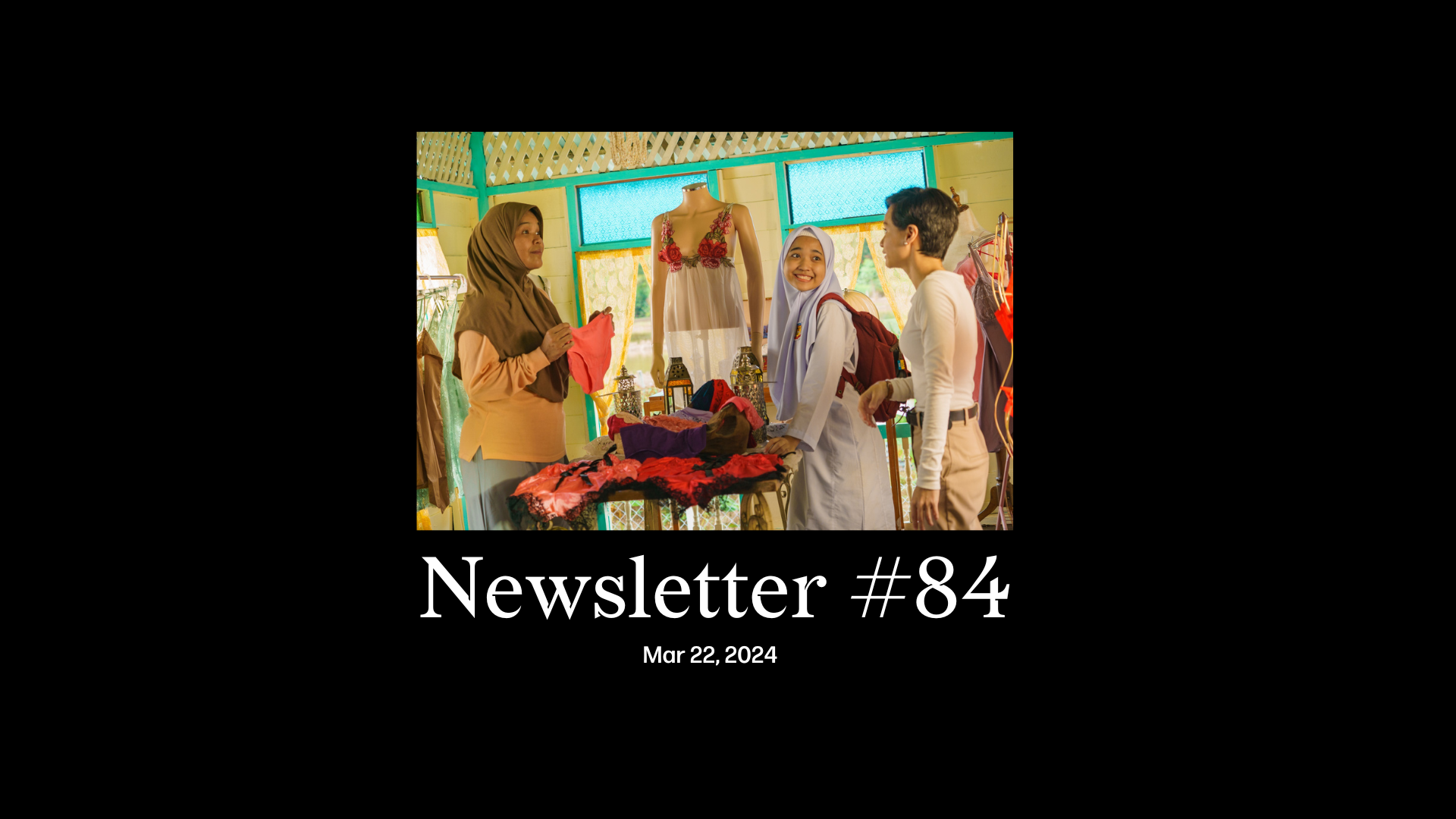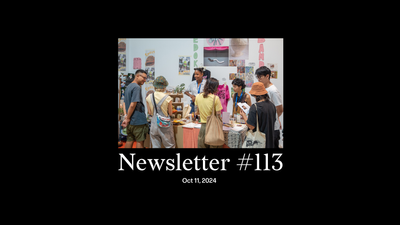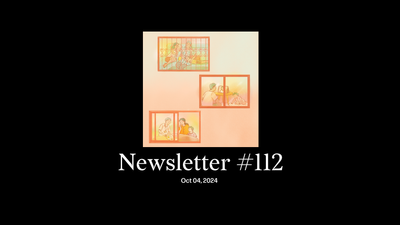Dear reader,
In “Singapore This Week”, we analyse the event that’s enlivened some Singaporeans, and enraged others, in a possible general election (GE) year: the Attorney-General’s Chambers has charged Pritam Singh, the Workers’ Party chief and leader of the opposition, with two counts of lying to a parliamentary committee. (He’s pleaded not guilty and is claiming trial.)
What were the alleged lies? And how might a guilty verdict affect the opposition’s prospects at the GE? Given that Singh has now had over a decade of various accusations levelled against him by the ruling People’s Action Party, we suggest that his current legal troubles, in the minds of undecided voters, may be reminiscent less of Donald Trump than Alexei Navalny.
Read “Singapore This Week” for more. Elsewhere in the issue, we discuss a recent survey on gender equality (has it gone “too far”?), the trust Singaporeans have in the government and other institutions, efforts to save the Singapore Indoor Stadium, Eugene Tan’s many hats, the countdown on TikTok in the US, and more.
Jom’s essay of the week, “‘La Luna’: Malayan dreaming”, is a review of Singaporean director M Raihan Halim’s sophomore film, by Dan Koh, a writer, book editor, and film producer. It’s about the opening of a lingerie store in a conservative kampung in rural Malaysia. What could possibly go wrong?
Dan outlines the expected themes—“foreign” cultural influence, evolving social mores, intergenerational tensions, urban commercial infiltration, the weakening of religious authority—which Raihan and his stellar cast depict hilariously throughout.
More than that, Dan takes us on a whirlwind tour of the history of Malay cinema in Malaysia and Singapore since the 1960s. In doing so, his criticism elevates us to that heady space where we can dream of an alternative historical trajectory: what would a society in that mythical land of contemporary Malaya feel like?
The name of Raihan’s fictional kampung is Kampung Bras Basah, a possible nod to the neighbourhood in downtown Singapore. Dan writes: “Raihan himself noted that his audience found that the film ‘feels like a Malaysian film, but slightly off kilter. Something about it doesn’t feel Malaysian.’ As a transnational, or at least cross-Causeway, movie, could the dual-nationality ‘La Luna’ possibly be set in a Malaysia of now that had never separated from Singapore? Or even a Singapore that had never left Malaysia?”
Over the years, there have been many efforts by artists here to try and shade in the contours of Malaya, to grasp at what our societies may have lost when Singapore separated from Malaysia in 1965. These include My Nantah Story: The Rise and Demise of the People’s University by Tan Kok Chiang and “To Singapore, with Love” by Tan Pin Pin.
When I read Dan’s piece, I immediately felt moved to watch “La Luna” on Netflix. I felt that same stirring I always do when travelling through Malaysia’s countryside, and was bowled over particularly by the schoolgirl Azura (played by Syumaila Salihin): her spunk, her feistiness, her cheek and humour. What a star turn.
So, for all of us wondering about our possible pasts and futures, check out Dan’s review (no spoilers in it) and Raihan’s film.
Finally, it’s important to note that Dan completed this essay under the ArtsEquator Fellowship. Despite having to stop publishing its beloved digital magazine last year, ArtsEquator, founded by Kathy Rowland and Jenny Daneels, continues to provide this space and opportunity “for mid-career arts critics and journalists who are creating critical content about the arts in Southeast Asia”.
Even as we interrogate local issues, it’s important to remember our place in the broader region—whether the actual, the possible, or the mythical.
So thanks, Dan, Kathy, Jenny, and Raihan.
Jom bermimpi,
Sudhir Vadaketh
Editor-in-chief, Jom
If you've enjoyed our newsletters, please scroll to the bottom of this page to sign up to receive them direct in your inbox.






